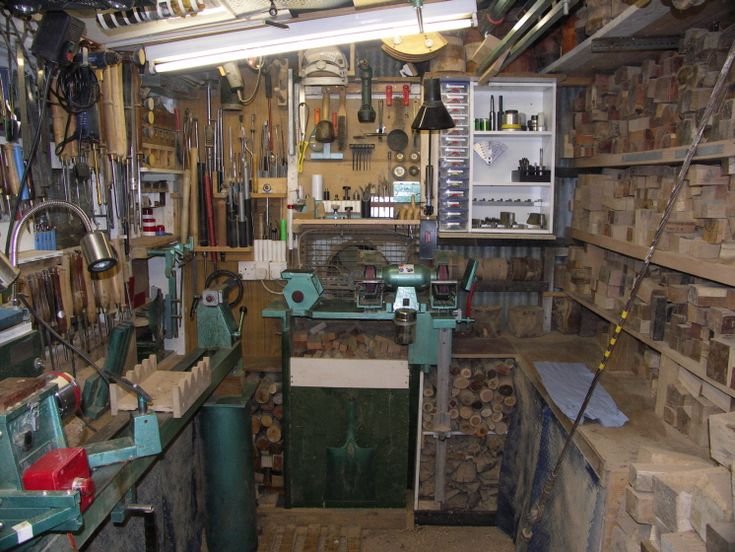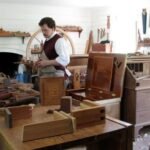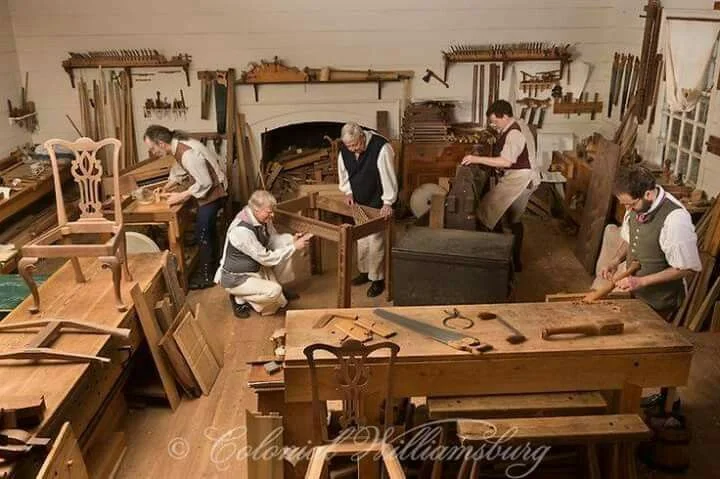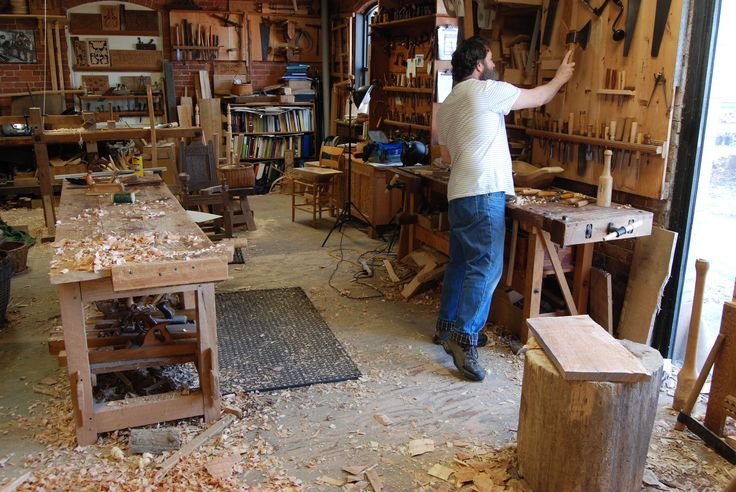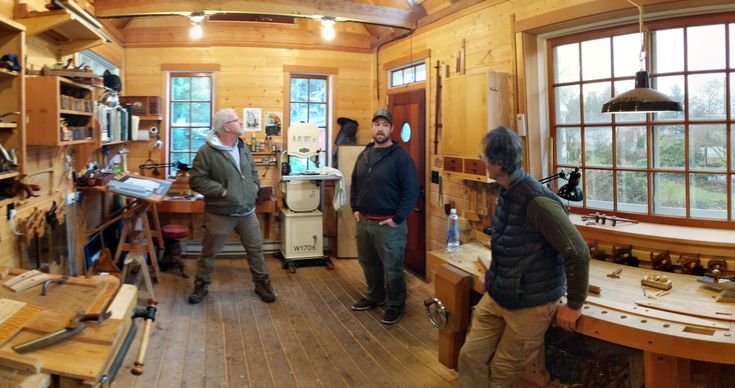The Day I Learned to Love My Try Square
You know, there’s something magical about woodworking. It’s kind of like cooking, but with boards instead of ingredients. You gather your materials, measure twice, cut once, and pray it all comes together. I remember sitting in my garage one fine fall afternoon, just the smell of cedar and fresh sawdust in the air, deep in thought about a project I had my heart set on—a new coffee table for my living room.
The Project That Got the Best of Me
This was going to be my big piece, you know? Nothing fancy, just a rustic table to match my scuffed-up leather couch. I had picked up some beautiful cedar from the local lumber yard. I even splurged on a nice finish—minwax in a rugged walnut that made my mouth water just thinking about it. So, I had the wood, the tools, and the idea. What I didn’t have was a decent handle on how to make sure everything stayed square. That’s where my trusty try square was supposed to come in.
Now, I had this try square sitting in my tool box for a while, but I never really liked it. It felt a little heavy in my hands, and I thought, “What’s the big deal about keeping a perfect 90-degree angle?” Well, let me tell you, I learned the hard way that it makes all the difference.
The Tools of the Trade
So, picture this: I’m measuring my boards, feeling all cool like a seasoned woodworker, when I noticed that my cuts weren’t lining up quite right. At first, I thought it was just the varying thicknesses of the wood. Then, I remember standing there staring at that try square, as if it was judging me. It felt so silly, but I actually second-guessed myself. I mean, how hard could it be to get a square edge?
But, of course, you don’t know what you don’t know. So, I kept cutting and fitting and cursing under my breath.
The Moment of Truth
I almost gave up right then and there. I was thinking about grabbing a can of beer and sitting on the couch to sulk in failure. But something pulled me back to my workbench, and I picked up that try square again. This time, I took a second to really check my cuts. It was like a light bulb went off; I hadn’t given it a fair chance.
I lined up the try square against my last cut—my heart was racing a little, like I was opening a present on Christmas morning. Surprise, surprise, it was way off. I could see the gap shining at me, and I felt like the world had dropped out from under my feet. After a deep breath or two, I realized the mistake.
The Lesson Learned
You see, the trick wasn’t just measuring it once and hoping for the best; it was more about constantly checking. That heavy little square became my best friend in that moment. Each time I made a cut, I’d pause and check. It became like a little ritual. I could hear the wood whispering to me as I lined it up, the satisfying snap of clean cuts filling the garage as I saw the boards start to align just right.
Laughter bubbled up as I started to see real progress. Not that I was about to hang any awards on my wall—there were still plenty of rough edges and bits I missed—but it felt like I was learning something valuable. Every time I nudged a board into place and they all met at the corners, I felt a little grin creep on my face.
The Final Touches
The finishing touches brought a whiff of that walnut stain that made me feel all warm and fuzzy inside. As I rubbed it in, feeling the grain of the wood under my fingers, a true sense of pride washed over me. I remember calling my buddy Jim to brag about how “I built a table.” He laughed, knowing all too well how much of a struggle it can be to complete a project—and how it’s never quite as straightforward as it sounds.
Looking Back
In the end, that coffee table turned out to be a labor of love and a lesson in patience. Sure, it wobbled a bit when I set it down for the first time, but it was mine, imperfections and all. And that try square? That thing got a prominent spot right next to my saw. Whenever I turned back to the next project, I’d smile, remembering how it helped me get my bearings.
So, if you’re thinking about diving into woodworking—or any hobby, really—just go for it. Make mistakes, stumble around a bit, and laugh when things go awry. Because one day, you might just find that the tools you thought you couldn’t figure out will lead you to the best projects you could ever dream of.

